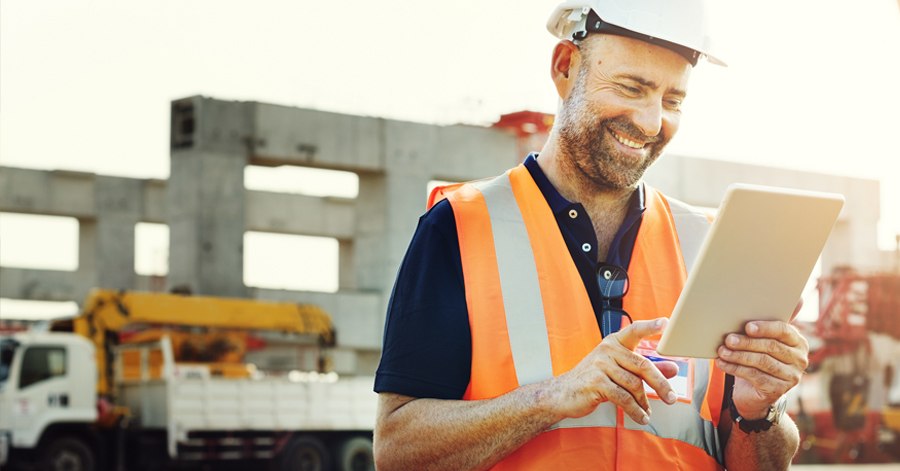
Risk assessment checklists can be powerful tools for controlling and mitigating workplace risks as well as a major part of managing the health and safety of your business. In order to achieve this, you must carefully consider all of the factors that may cause harm to your workforce.
Afterwards, you can determine if you're taking the right steps to mitigate harms. Contrary to popular belief, health and safety risk assessments are not about generating large amounts of paperwork. This strategic process is more concerned with identifying effective ways to mitigate and control risk within the workplace.
While you may already have systems in place to protect your workforce, the risk assessment checklist will help you understand whether all of your safety needs are covered. Use the following information to create a risk assessment checklist.
Identify the Hazards in the Risk Assessment Checklist
One of the first steps in creating a risk assessment is to effectively identify all of the workplace hazards. You can get started by walking around the workplace and carefully considering all of the potential hazards. Management should look for processes, activities, or substances that could injure or harm employees.
When workers operate in a particular space every day, it becomes exceedingly easy to overlook hazards. However, those on the floor can still offer vital input in the process. Some key tips to identify hazards are:
- Review data sheets for chemicals and manufacturers' instructions for equipment.
- Consider non-routine operations, such as alterations in production cycles, maintenance, and cleaning operations.
- Go back and review old ill-health and accident records to find less-than-obvious hazards.
- Continually consider long-term health hazards, such as exposure to substances and high noise levels.
Understand Who Could Be Harmed
Think about the employees, visitors, and contractors who could be harmed as a result of the known hazards. You can also discuss with your employees about what they consider to be hazards. In most instances, those on the floor will notice things that may go unnoticed by management.
They may also have excellent ideas on how to reduce and mitigate those hazards. For every hazard, it's vital to have a clear understanding on those that may be harmed. This will help you determine the best method for effectively controlling the risk.
Instead of attempting to list everyone by name, you can identify people by groups. A few key tips are to:
- Consider those groups who may not be in the workplace at all time, such as maintenance workers, visitors, and contractors.
- If members of the public could be hurt by your activities, take them into consideration.
- If the workplace is shared with another business, make sure to think about how your work could affect others.
Evaluate the Risks
Once you've identified the hazards, the next step is to understand the risk or how likely those hazard are to cause a harm. Since risk is a common part of life, it's virtually impossible to get rid of all risk. Instead, the goal is to ensure you are aware of the most prevalent risks and understand what's necessary to mitigate them responsibly.
The risk assessment checklist should only include the items you can reasonably know. Fortunately, you're not expected to anticipate risks that are unreasonable. With risk evaluation, you must examine what you're doing as well as the risk control measures you have in place. You can ask:
- Can the hazard be removed holistically?
- If the hazard can't be removed, how can the risks be controlled to reduce the likelihood of an injury?
Document the Findings
It's imperative to document all of your findings. This includes the hazards, how others may be harmed, and the controls you have in place to mitigate the risks. The records you produce should be focused on the controls and simple. The safety risk assessment matrix will be used to help communicate and manage risks throughout the business.
If the assessment identifies several hazards, it's best to rank them in order of importance and address the most dangerous risks first. Develop long-term solutions for the risks with the most significant consequences, which will be the risks most likely to cause ill health or accidents. In addition, you should determine if improvements can be quickly implemented, even if it's temporary until more long-term solutions can be put in place.
Review and Update
Very few - if any - work environment remains the same. Over time, you will incorporate new procedures, equipment, and chemicals that may introduce new hazards. As a result, the most sensible decision is to continually review the risk assessment checklist. In the process, ask yourself the following questions:
- Were there any major changes on the worksite?
- Are there any improvements that still need to be made?
- Have employees spotted any problems?
- Were there any lessons learned from near misses or accidents?
Contact Premier Safety Partners
At Premier Safety Partners, we bring decades of experience helping facilities develop intuitive and effective health and safety risk assessments. We are the leading health and safety consultants with exclusive expertise with:
Regardless to where you are in the process of risk assessment, our experts can help. Contact Premier Safety Partners today for an onsite consultation.





